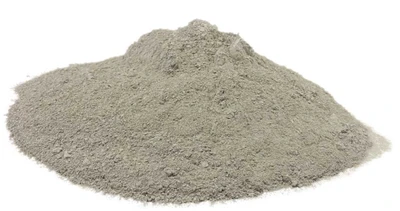One of the most important, and often overlooked, characteristics of cement in concrete is its degree of hydration. The higher this value, the more of the original cement particles were converted into hardened cement stone. It has been estimated that in ideal conditions, each kilogram of cement requires 230 grams of water – water-to-cement ratio 0,23 – to fully hydrate. Since ideal conditions are impossible to achieve in our real world, this number is more likely close to 0,35 or 0,38, which means one kilogram of cement requires 350 to 380 grams of water to fully hydrate.

One kilogram of cement requires 350 to 380 grams of water to fully hydrate. © MC-Bauchemie 2025
That is generally not an issue when it comes to regular wet-cast concrete with typical water-to-cement ratios between 0,45 and 0,65. With proper curing, there is generally enough water even if some is lost due to external influences like evaporation. An exception can be made with some high-performance and ultra-high-performance concretes.
When it comes to concrete goods, however, the situation is more complicated. It is not unusual to see semi-dry concrete with water-to-cement ratios below 0,40 or even 0,35. Due to relatively higher porosity, the risk of losing more of the already scarce water increases. Using unhydrated cement grains as a fine filler, which is what happens when not enough water is present in the setting concrete, is not just economically wasteful, but also environmentally unfriendly.
Learn more about the cement hydration process and get tips & tricks for a better degree of hydration.
We are continuously improving our website and we use cookies for this purpose. For an optimal user experience, we recommend that you accept them. Otherwise, parts of the page will be deactivated in the display in accordance with data protection regulations.